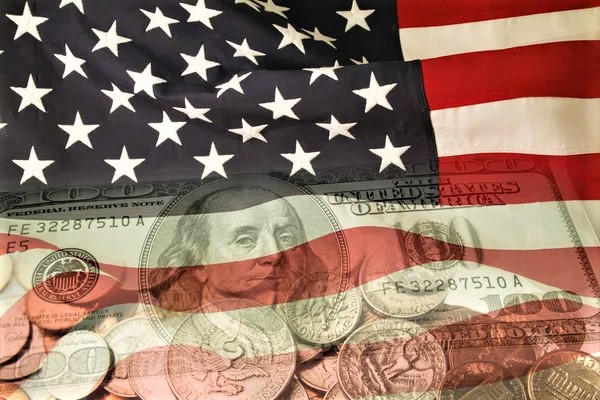Sep 30, 2022
VOT Research Desk
Key Insights and Analysis
A VIEW OF THE US MIDTERM ELECTION:
Democrats are likely to lose control of at least the House of Representatives to Republicans unless gas prices continue to fall and inflation rates in the United States sharply decline.
The Federal Reserve and the US Dollar are profoundly affected by the possibility of a return to gridlock in Washington, D.C.
Similar to what happened from 2011 to 2016 and again from 2019 to 2020, the Federal Reserve could quickly become “the only game in town” once more.
The fall US midterm elections could be affected by how to record inflation. We came to the conclusion that Democrats will likely lose control of at least the House of Representatives to Republicans unless gas prices drop further and inflation rates in the US fall sharply in the coming weeks. This would result in a divided Congress and a return to gridlock in Washington, D.C., as well as direct effects on the US Dollar, US equities, US Treasuries, gold prices, oil prices, and cryptocurrencies. The Federal Reserve will primarily be the conduit for all of these effects.
To comprehend the potential seismic shift in US fiscal and monetary policy in the coming months, one must take a trip back in time.
Following the passage of the Affordable Care Act in 2010 by former US President Barack Obama and a Democratic majority in both the Senate and the House of Representatives during the global financial crisis, there was widespread opposition from voters. Several rounds of spending by the federal government were announced to help stimulate the economy in order to save the banking system, housing market, and automobile industry.
However, the backlash was strong because the majority of American households were still struggling financially and there was a weak labor market. The housing market remained in disarray, and the unemployment rate in the United States remained close to double digits. The Democrats lost control of the House of Representatives in the US during the 2010 midterm elections. Washington, D.C. entered a state of gridlock as a polarized Congress refused to increase government spending.
Over the following few years, gridlock was the defining feature. Following their victories in the US midterm elections in 2020, Republicans demanded budget austerity to limit government spending. The conflict that followed resulted in budget sequestration and the US losing its Standard & Poor’s AAA credit rating in August 2011.By the middle of Obama’s second term in 2014, Democrats had lost control of the Senate.
There was only one game in town to help provide support for the US economy while the federal government was effectively paralyzed by a divided Congress and a Democrat in the White House while Republicans controlled all of Congress: the Bank of America
The Federal Reserve had few choices during the Gridlock, which lasted from 2011 to 2016, as the government was paralyzed and unable to pass any additional stimulus, .either keep interest rates close to zero and hope that the US economy continues to recover or raise interest rates to stifle the emerging recovery from the Global Financial Crisis. The second choice was made by the Federal Reserve:
Not only did Washington, D.C. experience gridlock from 2011 to 2016, but there were other instances in recent history. The same can be said for the time period from 2019 to 2020, when former US President Donald Trump served only one term.
Due to limited spending by the federal government up until the coronavirus pandemic, the Federal Reserve had to halt its interest rate hike cycle, resulting in rate cuts that helped asset prices rise. The Federal Reserve resumed asset purchases while lowering its main rate to 0.00-0.25% even after Congress approved its coronavirus stimulus packages.
RESULTS FOR THE US MIDTERM If the 2022 midterm elections in the United States result in gridlock in Washington, D.C.—whether Republicans control just the House or both chambers of Congress while a Democrat is in the White House—it means that the Federal Reserve will soon once again be the only option.
The Federal Reserve may rethink its stance in order to avert a more serious economic downturn if US inflation rates fall over the next few months, which would have nothing to do with the composition of Congress. This is already on the Fed’s radar now that the US economy has contracted for two consecutive quarters.
The impact will likely be the same as what occurred from 2011 to 2016 or 2019 to 2020 if the Federal Reserve moves toward interest rate cuts and, at its extreme, reintroduces asset purchases to encourage investors to change their risk preferences. This would reduce yields on safer assets and force allocation to riskier, growth-sensitive assets.A shift of this nature indicates a weaker US Dollar, lower yields on US Treasury, higher prices for gold, higher prices for oil, higher prices for cryptocurrencies; and a rise in the float from US equity markets









